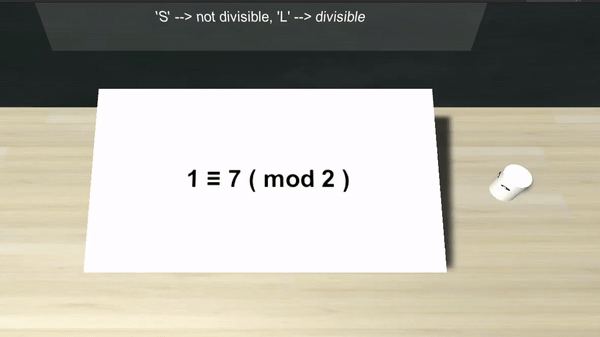Robotic Presence: The Effects of Anthropomorphism and Robot State on Task Performance and Emotion
Lawrence H. Kim, Veronika Domova, Yuqi Yao, Chien-Ming Huang, Sean Follmer, Pablo E. Paredes

Abstract
Robots are becoming more ubiquitous in our daily lives including in our offices and homes. As such, it is necessary to understand whether and how robotic presence affects us both emotionally and cognitively. In this work, we investigate the effects of anthropomorphism and robot state of robotic presence on task performance and user emotion. In an online study, 113 participants completed three tasks within a virtual 3D environment in the presence of robots with varying anthropomorphism (non-anthropomorphic vs. anthropomorphic) and robot state (active vs. idle) in addition to alone and with a human. The study findings suggest that having an active moving robot can expedite the task performance especially for easy difficulty levels albeit with some decrease in accuracy, while anthropomorphism affects the dominance axis of affect and has interaction effects with the robot state. The robot state also had as much influence on the perceived anthropomorphism and animacy as the anthropomorphism of the robot. These results provide initial insights on the effects of robotic presence and the impact of the robot state and anthropomorphism.
Paper
Robotic Presence: The Effects of Anthropomorphism and Robot State on Task Performance and Emotion [PDF]
Lawrence H. Kim, Veronika Domova, Yuqi Yao, Chien-Ming Huang, Sean Follmer, Pablo E. Paredes
IEEE Robotics and Automation Letters (RA-L)